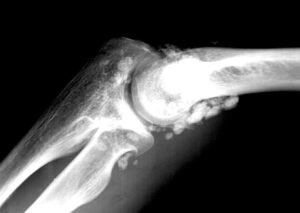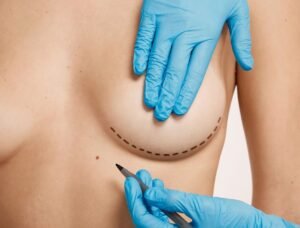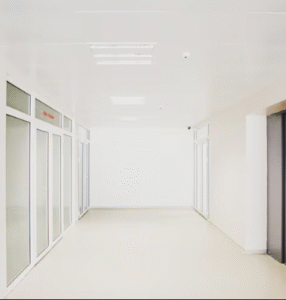What It Is
Orbital floor fracture repair is a surgical procedure to correct a fracture of the thin bone at the bottom of the eye socket (orbital floor). These fractures often occur after trauma such as sports injuries, falls, or accidents, and are sometimes called “blowout fractures.”
The orbital floor supports the eye and surrounding tissues, so when fractured, it can cause double vision, sunken eye appearance (enophthalmos), restricted eye movement, or trapped orbital tissue. In Korea, repair is performed by plastic, maxillofacial, or oculoplastic surgeons using advanced imaging and reconstruction materials like titanium mesh, porous polyethylene (Medpor), or custom 3D implants.
Why It’s Done
Patients undergo orbital floor fracture repair because:
- They experience double vision or impaired eye movement due to trapped muscles.
- The eye appears sunken, asymmetrical, or misaligned.
- Persistent pain, swelling, or deformity is present.
- To restore both aesthetic symmetry and visual function.
Good candidates include:
- Patients with confirmed orbital fractures on CT scans.
- Individuals with significant enophthalmos, eye muscle entrapment, or cosmetic deformity.
- Patients in good overall health who can undergo anesthesia.
Alternatives
- Observation: For small fractures without functional or cosmetic problems.
- Cold compresses and steroids: To reduce swelling in mild cases.
- No surgery: If symptoms are minimal and eye function is preserved.
Preparation
Before orbital floor fracture repair in Korea, patients will:
- Undergo ophthalmologic and radiologic evaluation (CT imaging).
- Be assessed for vision changes, eye muscle movement, and facial symmetry.
- Avoid food and drink before anesthesia.
- Stop smoking and blood-thinning medications as instructed.
How It’s Done
- Anesthesia: General anesthesia.
- Approach: Small incisions are made inside the eyelid (transconjunctival), under the lower lash line (subciliary), or less commonly inside the mouth to access the orbital floor.
- Repair:
- The fractured bone fragments are repositioned.
- Entrapped muscles or tissues are released.
- A graft or implant (titanium mesh, Medpor, or custom 3D implant) is placed to reconstruct the orbital floor and restore support.
- Closure: Incisions are sutured with minimal visible scarring.
- Duration: 1–3 hours depending on severity.
Recovery
- Hospital stay: 1–3 days depending on complexity.
- First week: swelling, bruising, and mild discomfort around the eye.
- Stitches are removed within 5–7 days if non-dissolving.
- Light activities can resume in 1–2 weeks, but heavy lifting and strenuous activities are avoided for 4–6 weeks.
- Final results: improved eye position, movement, and appearance within 2–3 months.
Possible Complications
- Persistent double vision or incomplete eye movement recovery.
- Residual asymmetry or sunken eye.
- Infection or implant-related issues.
- Scarring (minimized with Korean surgical techniques).
- Rare risks: vision loss or nerve damage.
Treatment Options in Korea
Diagnosis
- Comprehensive eye exam including vision testing and ocular motility.
- CT scan to assess fracture size, displacement, and tissue entrapment.
- 3D planning tools for surgical precision.
Medical Treatments
- Observation with ice packs, anti-inflammatory medications, and antibiotics for small, stable fractures.
- Steroid therapy in selected cases to reduce swelling.
Surgical or Advanced Therapies
- Open reduction and internal fixation with titanium mesh for durable reconstruction.
- Porous polyethylene (Medpor) implants for biocompatibility and stability.
- Custom 3D-printed implants for precise fit in complex fractures.
- Endoscopic-assisted repair in some clinics for minimal scarring.
Rehabilitation and Support
- Cold compresses and head elevation to reduce swelling.
- Eye drops or ointments for comfort and protection.
- Scar management if external incisions are used.
- Regular follow-ups with imaging and eye exams to confirm healing.
- International patients benefit from Korea’s combination of reconstructive expertise, advanced implant materials, and emphasis on natural, symmetric results.













